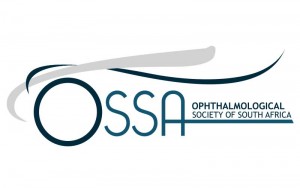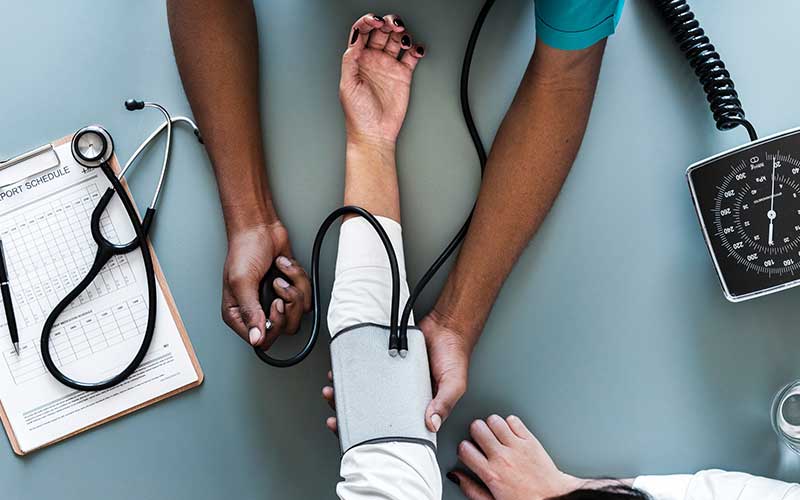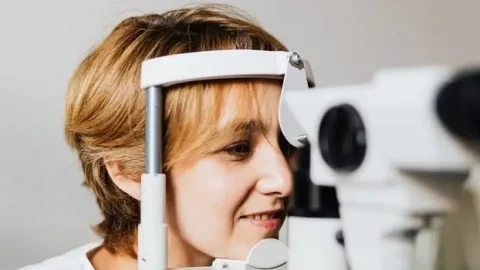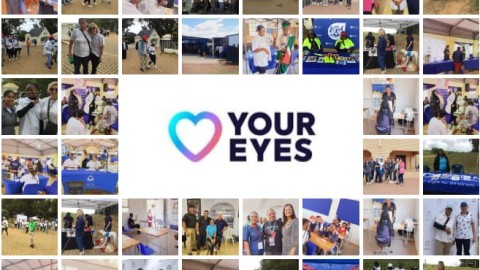Regular eye exams are not only important for the health of your eye, but could also detect the presence of high blood pressure
High blood pressure (hypertension) can quietly damage your body for years before symptoms develop. Left uncontrolled, a person can end up with a disability, a poor quality of life or even a fatal heart attack.
Furthermore, high blood pressure is the single most important risk factor for stroke. What is often neglected is not only the effect high blood pressure can have on your vision, but also that an ophthalmologist may be able to detect high blood pressure simply by examining your eye.
High blood pressure can cause permanent damage to vision by affecting the circulation within the eye. This damage could be a clue that a patient is suffering from hypertension.
Eye diseases caused by high blood pressure, known as hypertensive retinopathy, are very common.
Professor Andries Stulting, an ophthalmologist from Kimberley and the Honorary Secretary and an Executive Member of the Ophthalmological Society of South Africa (OSSA), explains. “When the ophthalmologist examines the posterior (back part) of the eye, he or she can detect changes in the arterioles (small arteries) in the retina. The ophthalmologist can use a grading system to classify the severity of hypertensive retinopathy”.
While there are no eye symptoms of high blood pressure that occur earlier than elsewhere in the body, typical symptoms of high blood pressure such as headaches are often ignored. A study published in the American Heart Association journal, Hypertension, said that retinal imaging could be a non-invasive and cheap way of examining the blood vessels of the retina, and in turn could help detect high blood pressure in patients.
Retinal vein occlusion is one of the dangers of high blood pressure on the eye. This occurs when the blood flowing into and away from the eye experiences a blockage. The rate at which blood flows through the vessels keeps decreasing until eventually a blood clot develops.
As the central retina artery gets narrower and more blocked, the connection between the optic nerve and brain also becomes blocked, which can result in painless vision loss.
Research has shown that both high blood pressure and high cholesterol can increase a person’s risk of retinal occlusion. In fact, people with high blood pressure are three times more at risk of developing the condition. Furthermore, there are generally no early symptoms and often symptoms will appear too late, causing a sufferer to experience sudden vision loss.
It is therefore vital to not only control your blood pressure, but to also have regular eye examinations. Prof Stulting reiterates the important of treating hypertension and its underlying causes.
For more information or to find an ophthalmologist in your area, go to the OSSA (Ophthalmological Society of South Africa) website at www.ossa.co.za or call 012 343 8920










